- Print
- DarkLight
Edit Mode
- Print
- DarkLight
Edit Mode in Pipelines
Get ready to master the new Edit Mode feature in pipelines. By following this guide, you'll learn how to switch between deployed and draft modes, make changes safely, and understand how pipeline states update in the workspace.
Step 1: Spot Pipeline State Labels
The workspace now includes a label next to each pipeline, clearly showing its current state—either "deployed" or "draft."
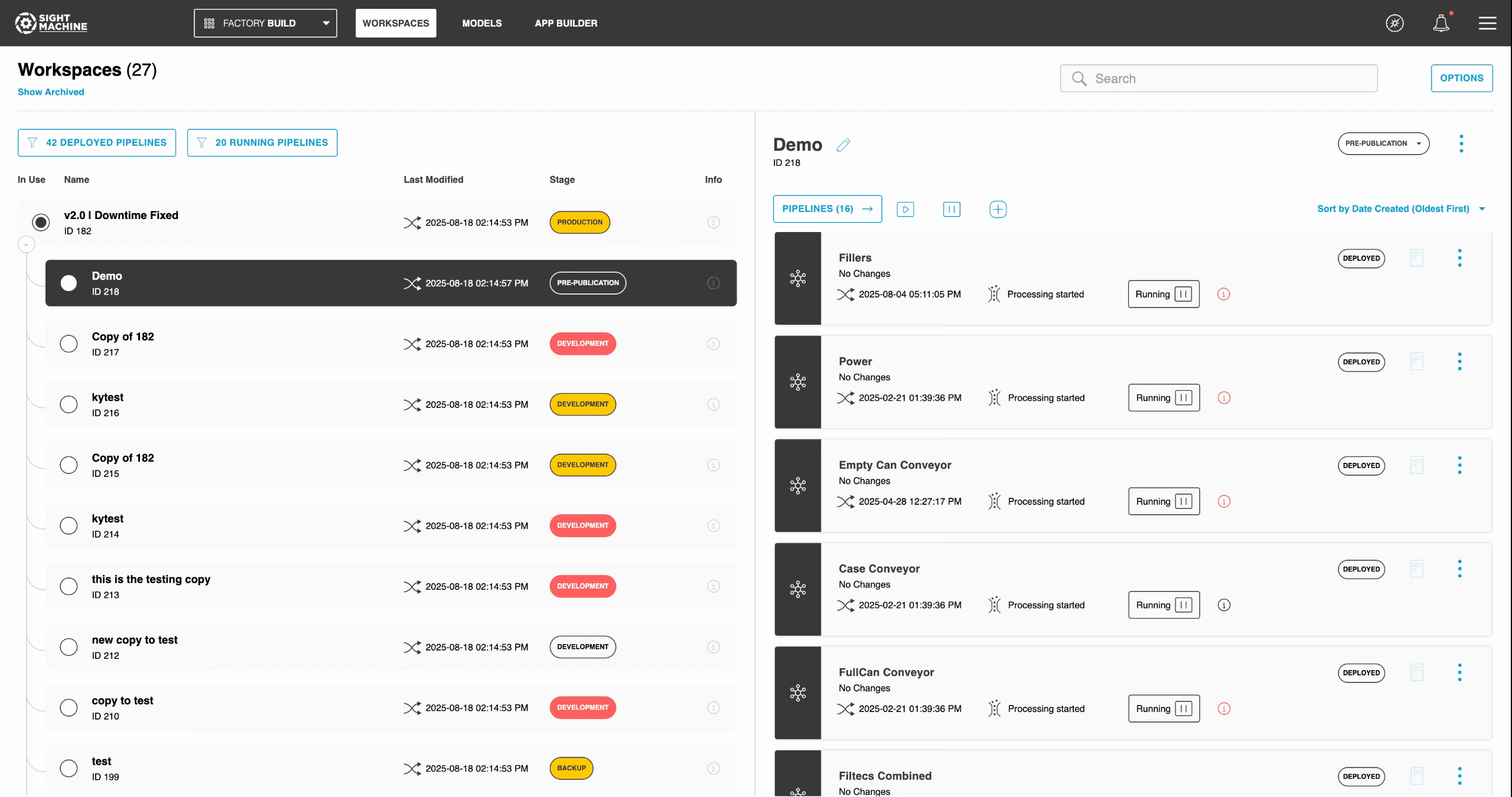
Step 2: Open the Pipeline Builder
Choose a pipeline and open the pipeline builder. You'll see a navigation bar at the top. The previous dropdown for draft and deploy is gone, replaced by an Edit button when viewing a deployed pipeline.
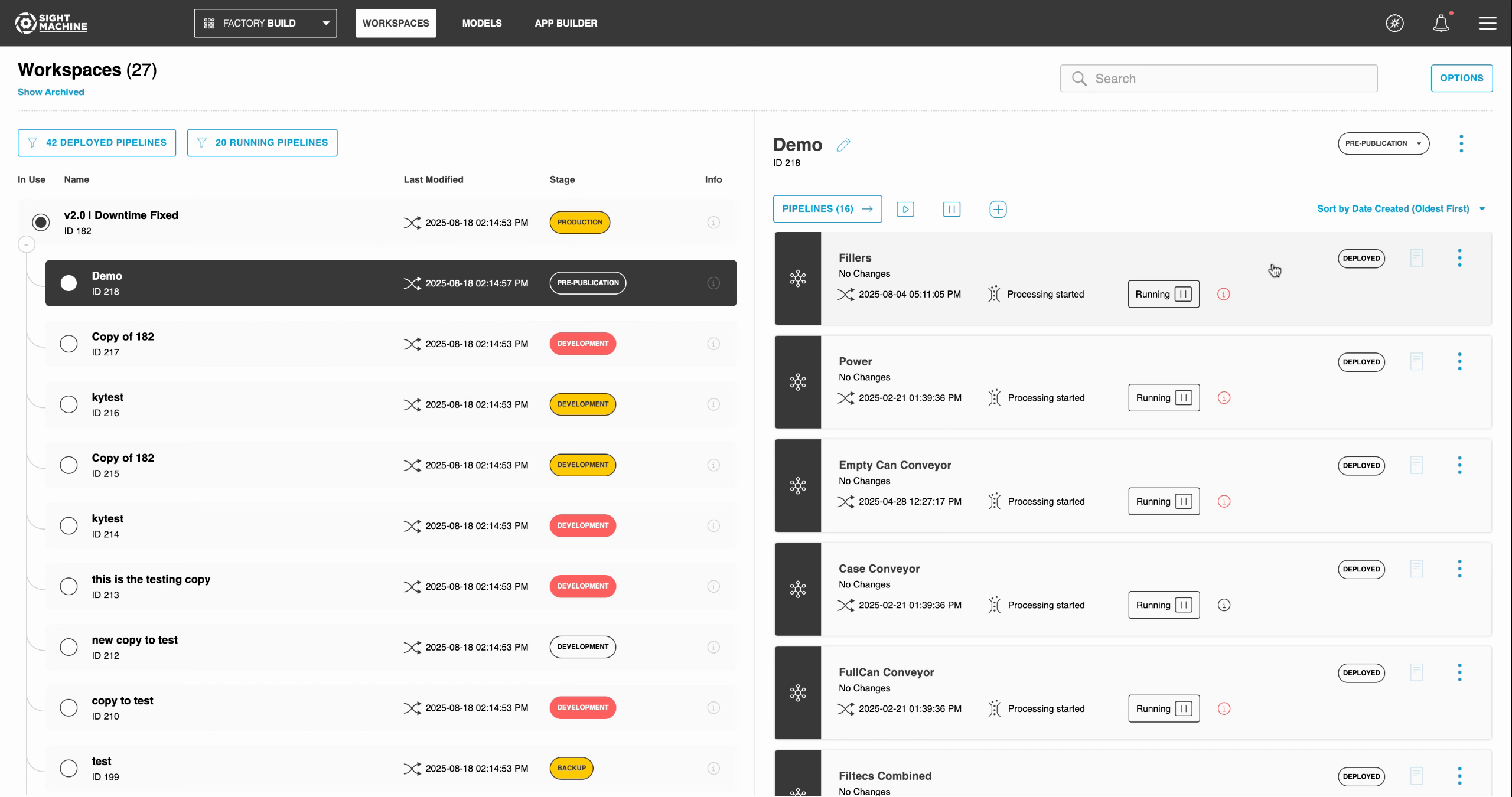
Step 3: Enter Edit Mode
Click Edit to switch the pipeline into draft mode. The pipeline state label now displays "draft."
Step 4: Edit Pipeline Operators
In draft mode, select any operator to make changes as needed. All editing functionality is available. The navigation var option have also been updated with two actions: Deploy to save changes, or Revert to Deployed to discard all edits and return to the deployed pipeline.
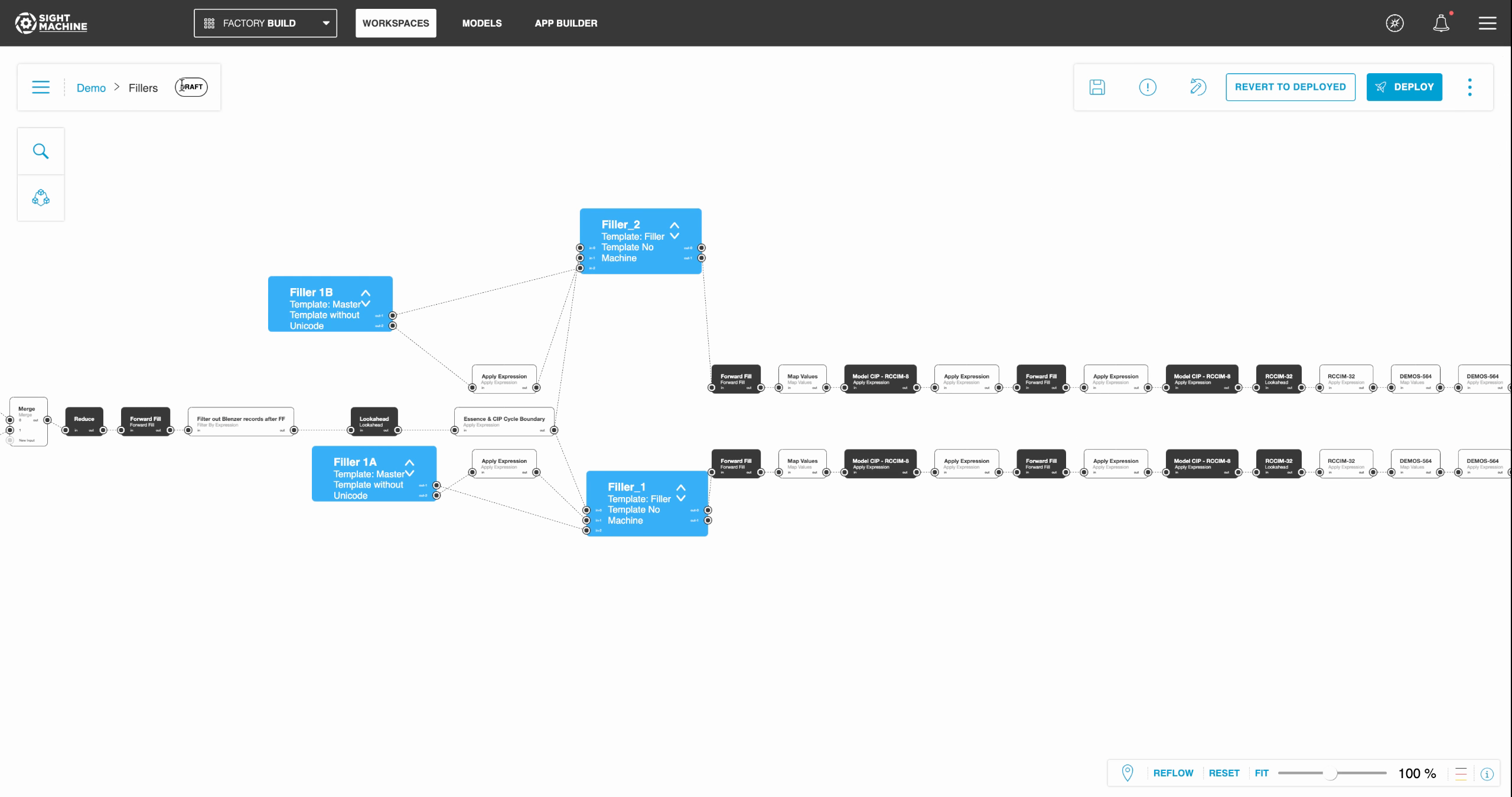
Step 5: View Changes in the Workspace
Return to the workspace to see updated pipeline labels. Pipelines being edited show "draft" to all users so it's clear they are in an editable state. Your deployed pipeline still available along with any processed data. That's recognizable via the storage icon visible when pipelines are in draft mode.
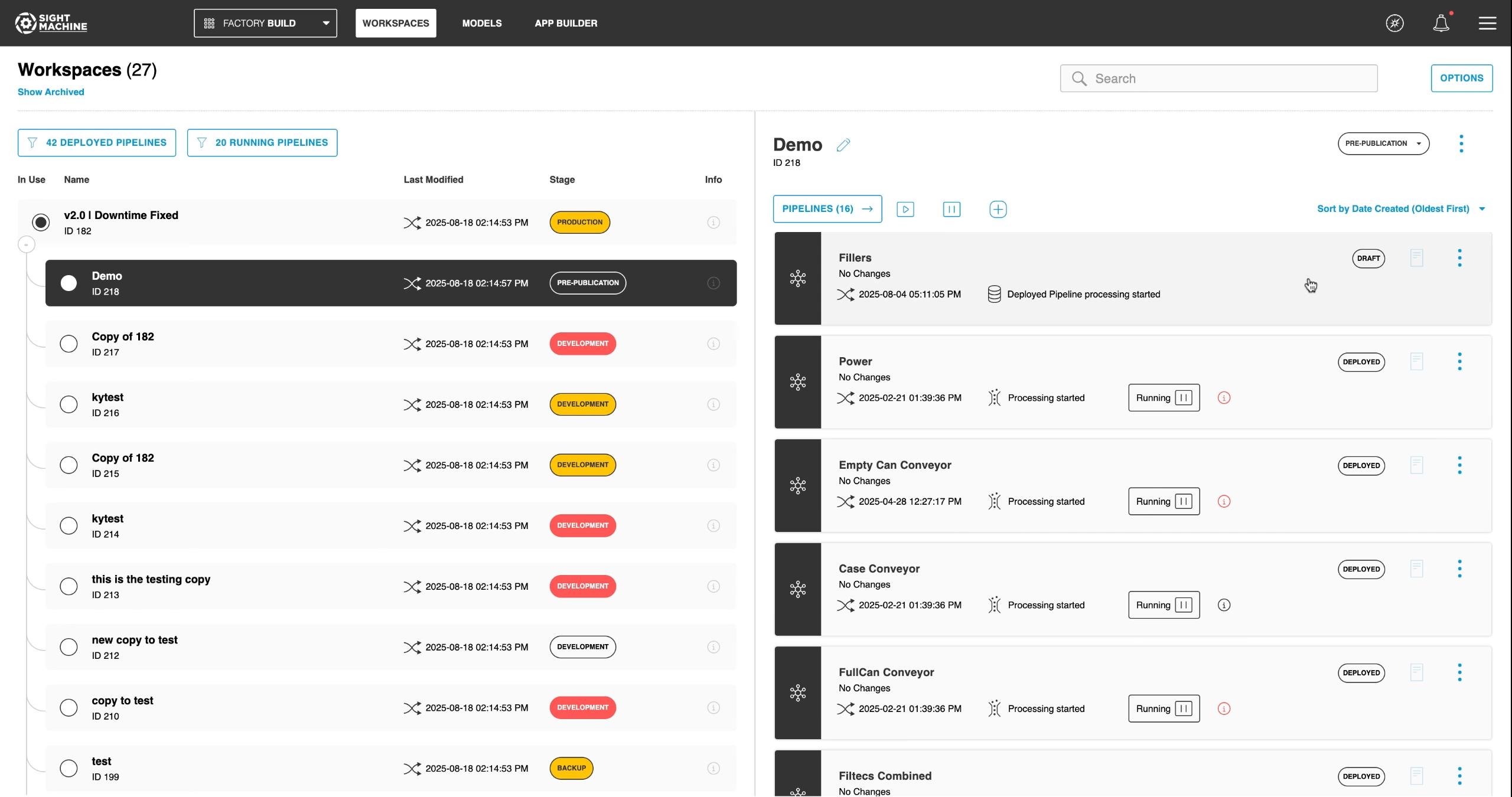
Step 6: Revert to Deployed
After making changes—like modifying an operator value—either validate your work and click Deploy to apply those changes, or choose Revert to Deployed to undo all changes and restore the original deployed state. Confirm this reset when prompted. Once reverted, the pipeline's label changes back to "deployed." All previous edits are lost, and the pipeline runs as before.
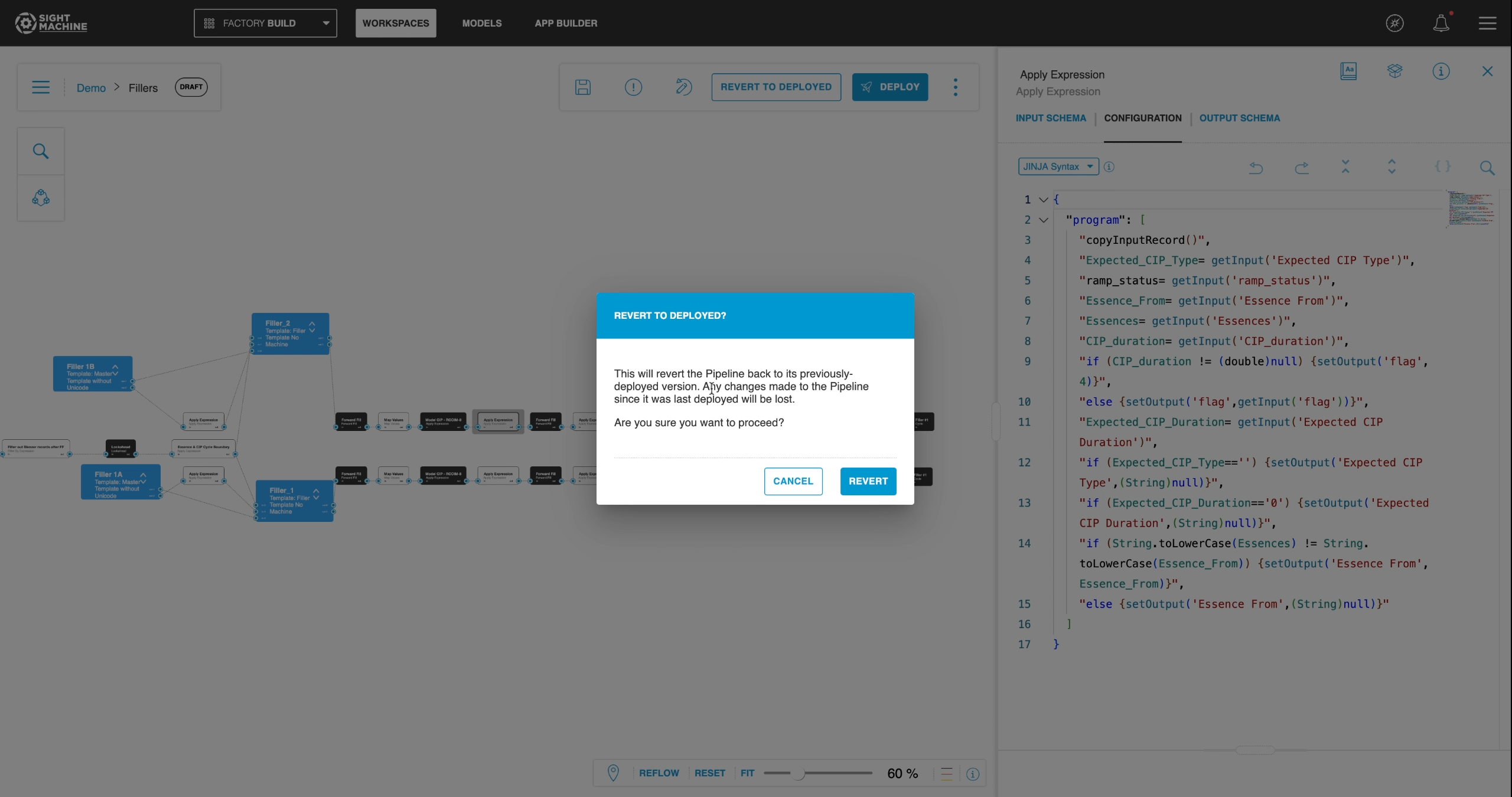
By using Edit Mode, you can confidently experiment and iterate on pipelines, always retaining the ability to return to a stable deployed version without affecting ongoing data processing.

